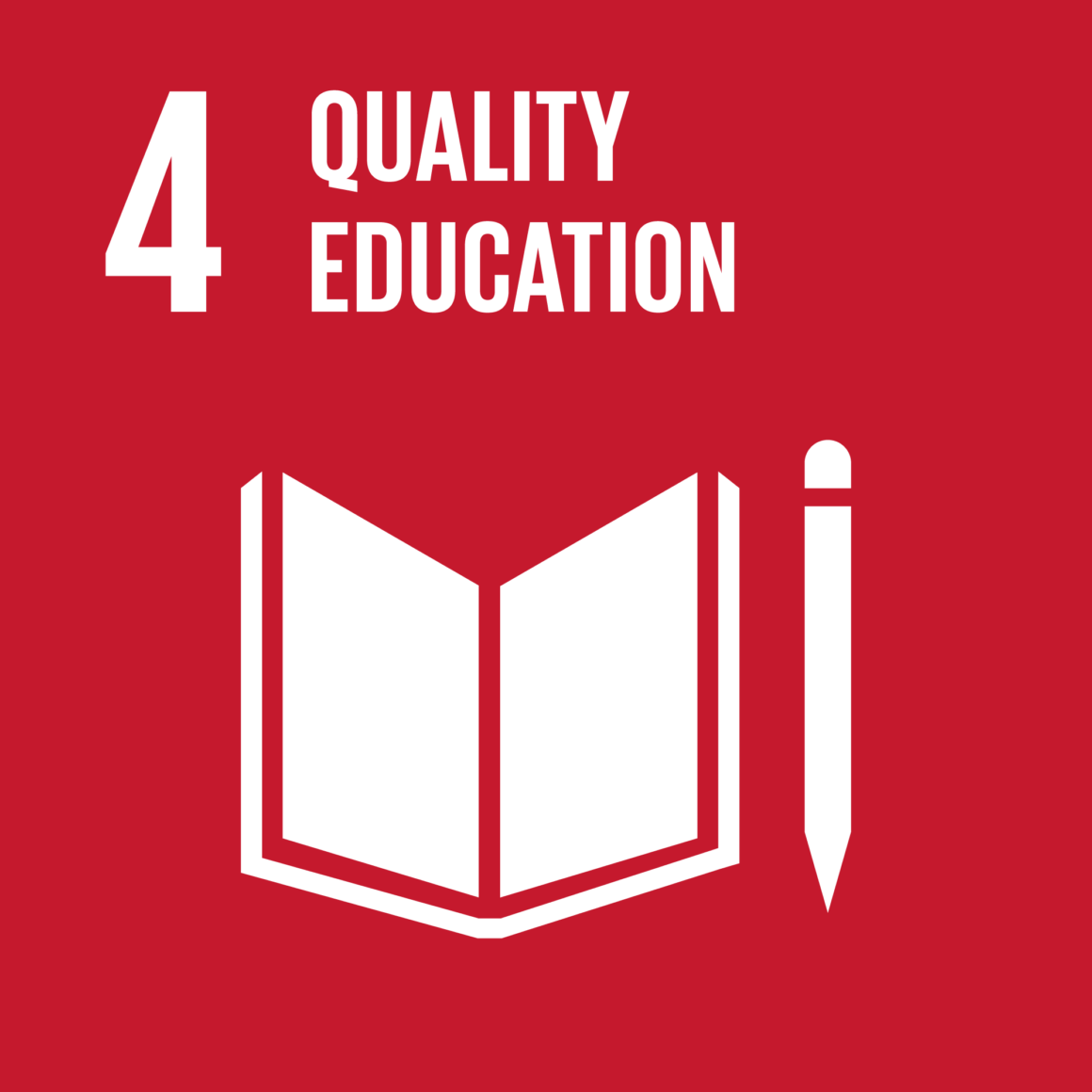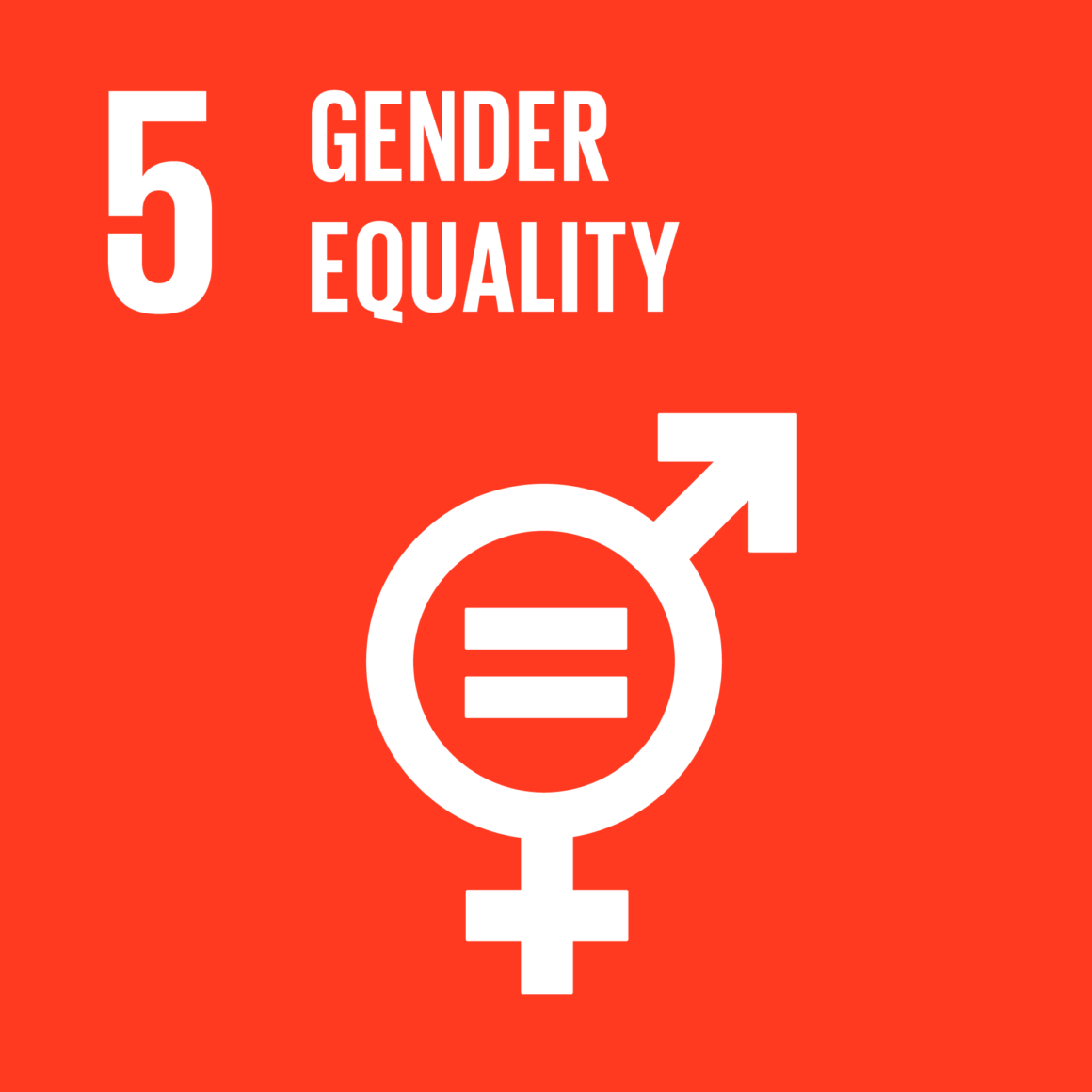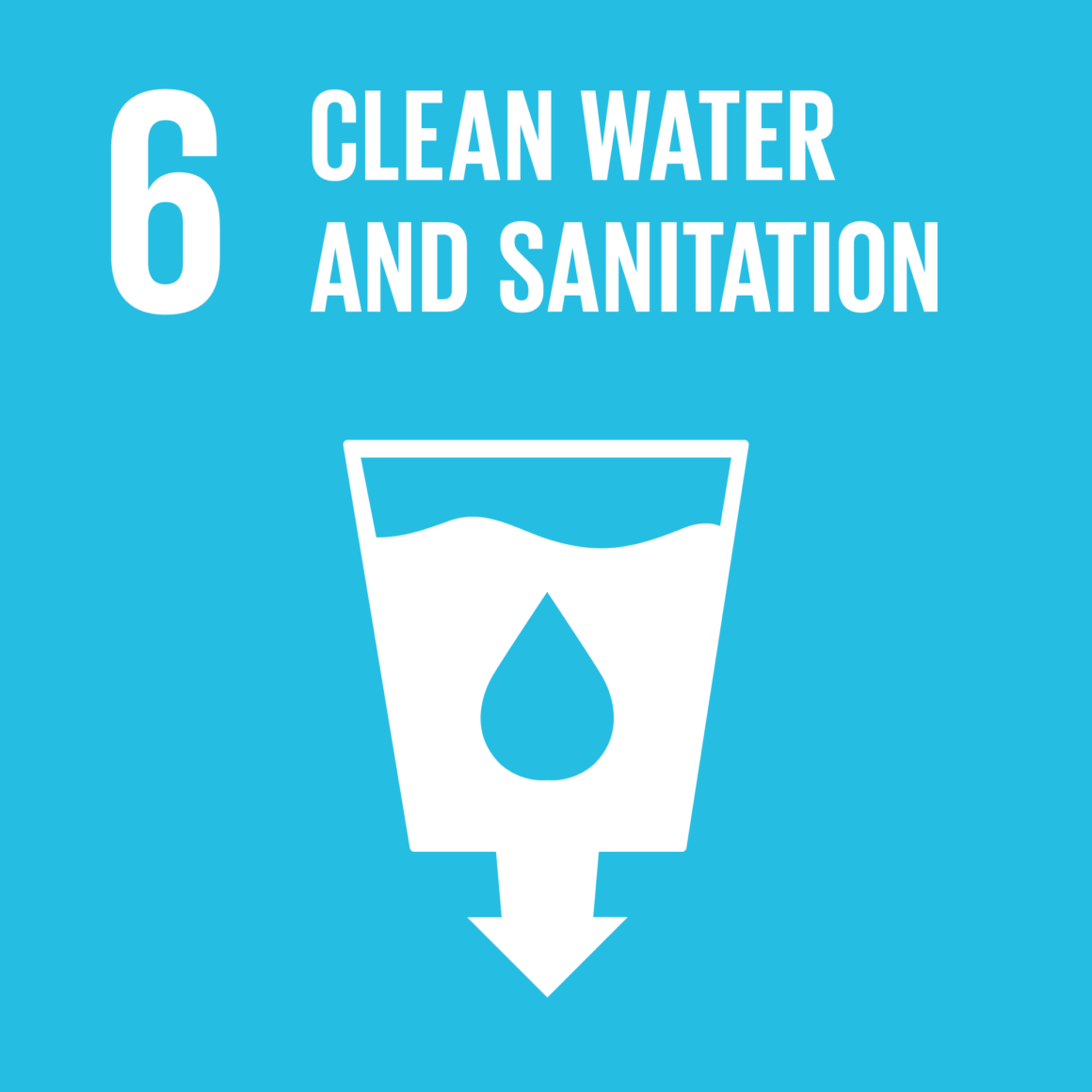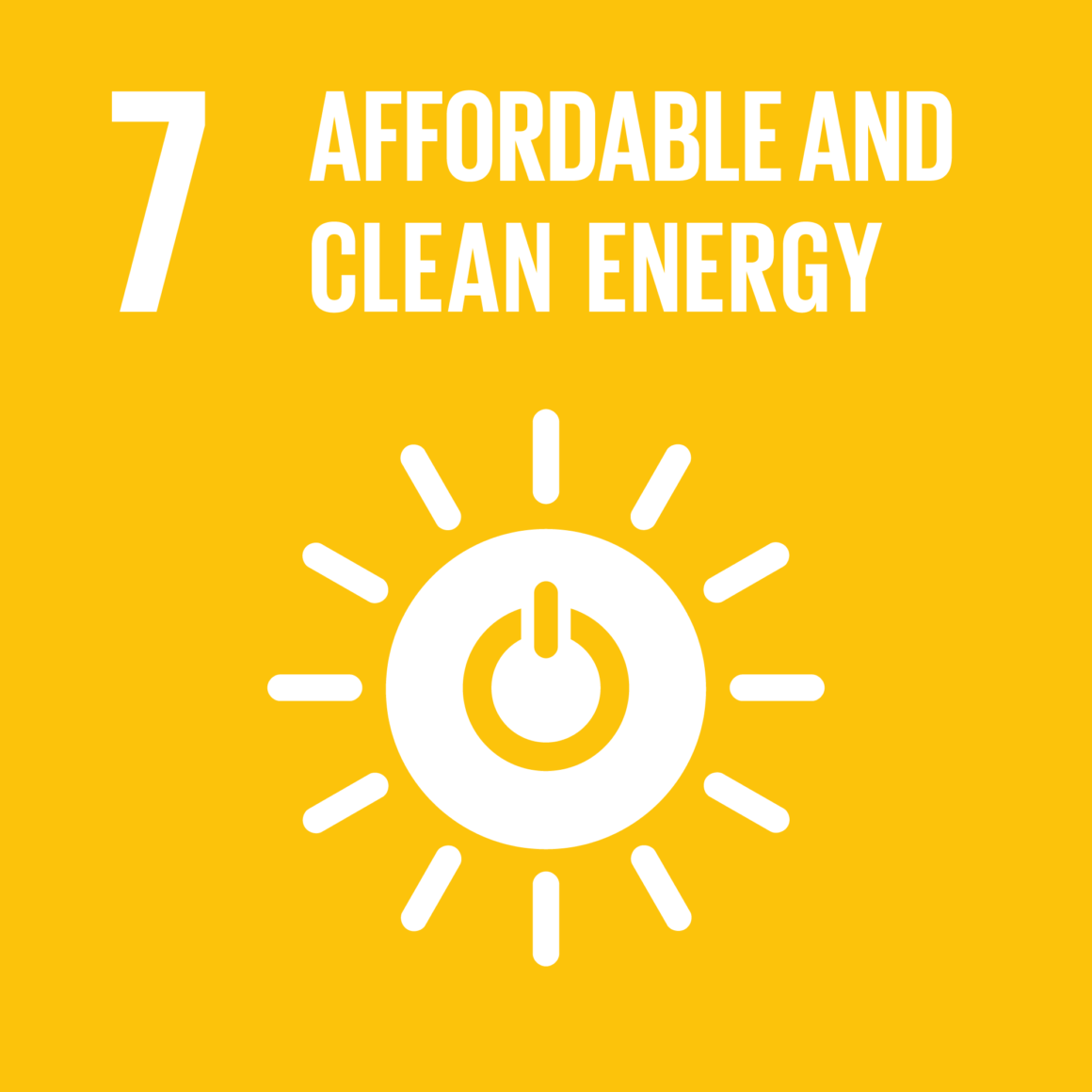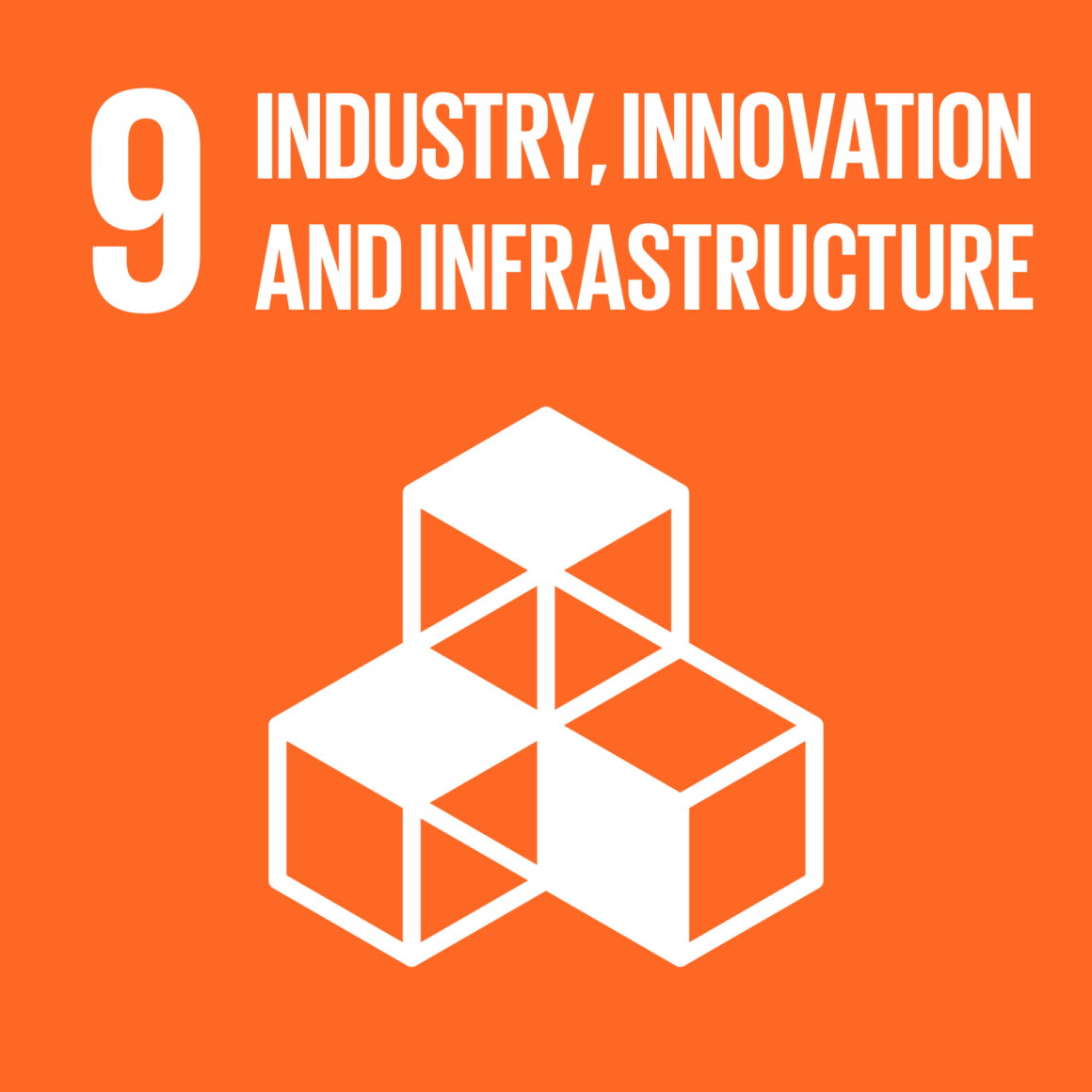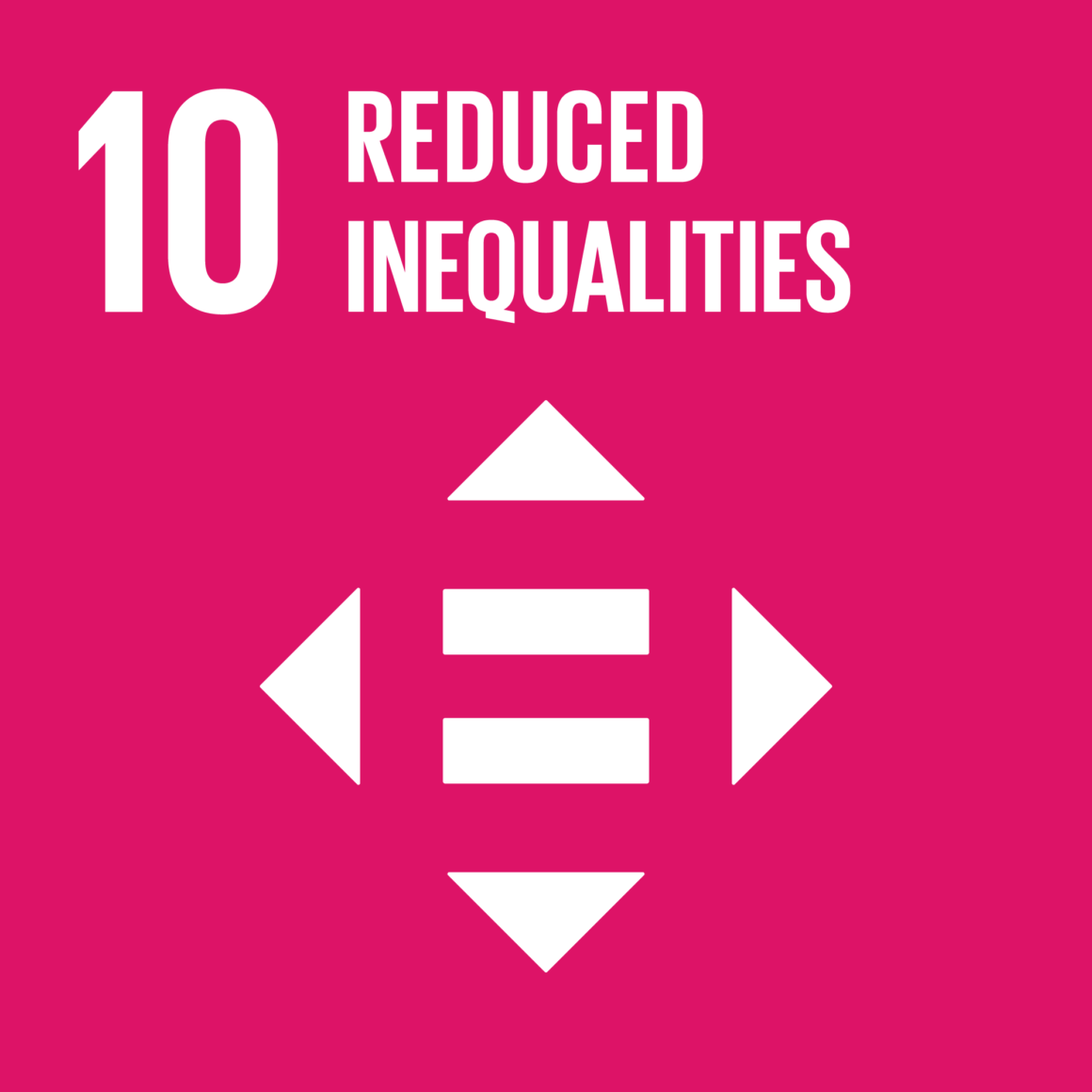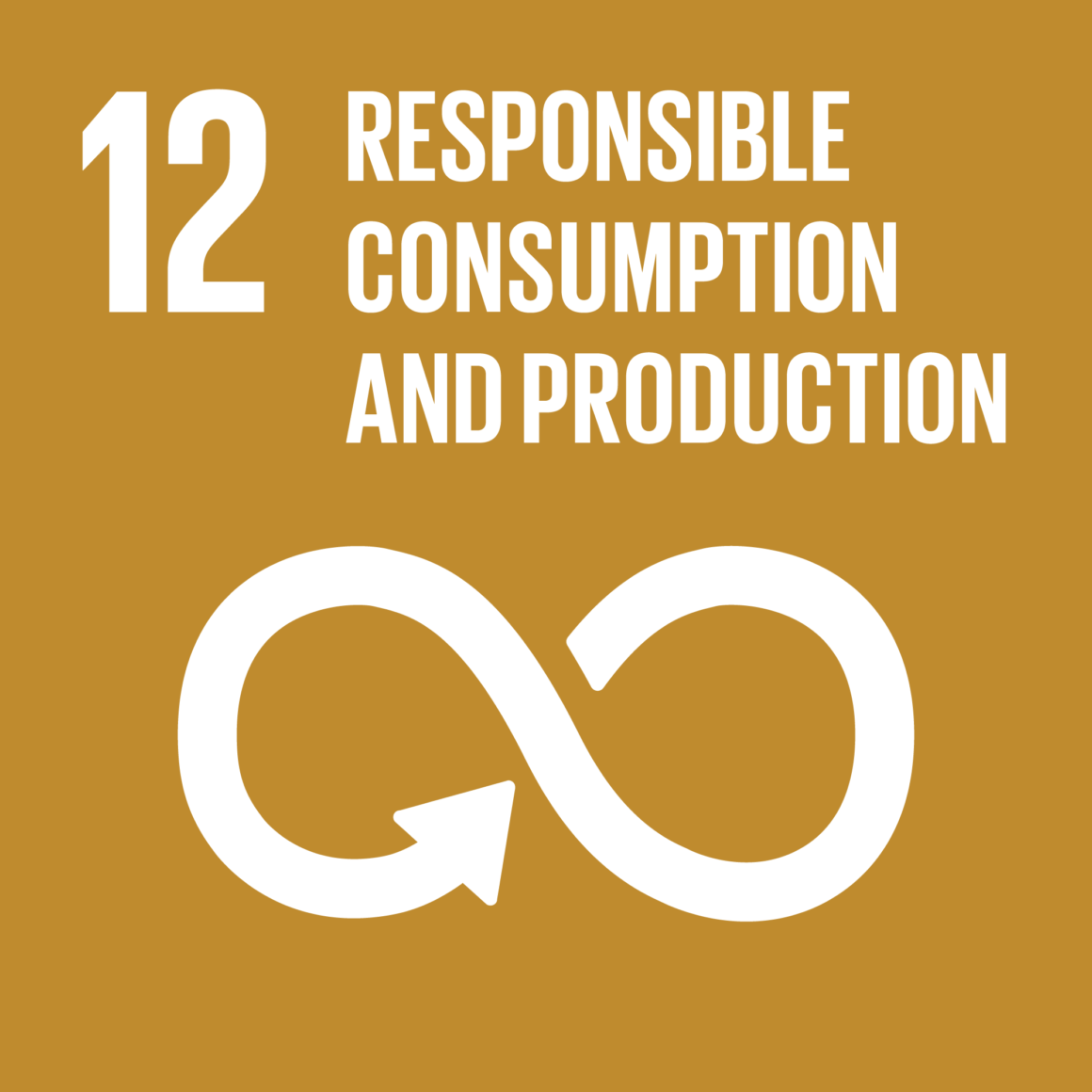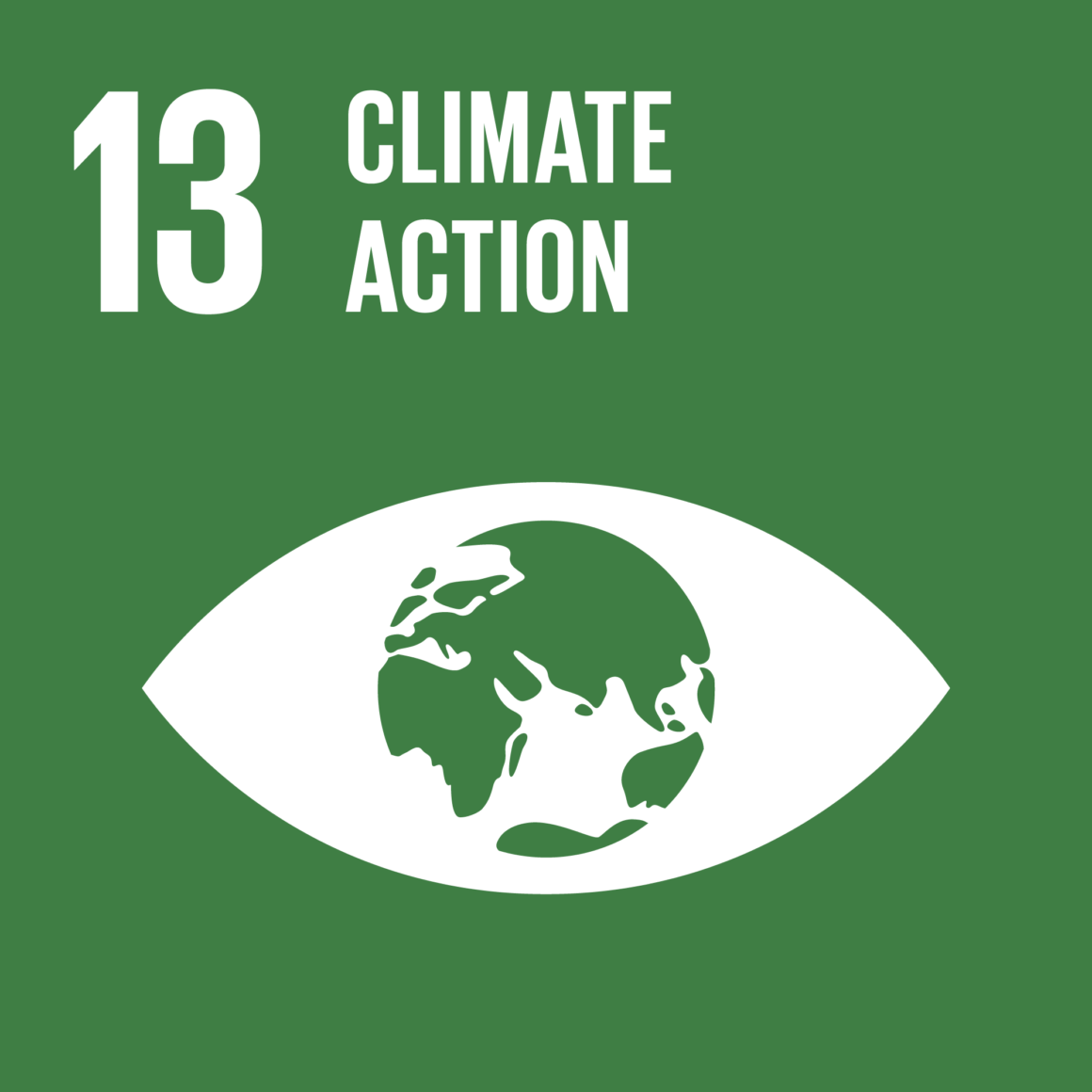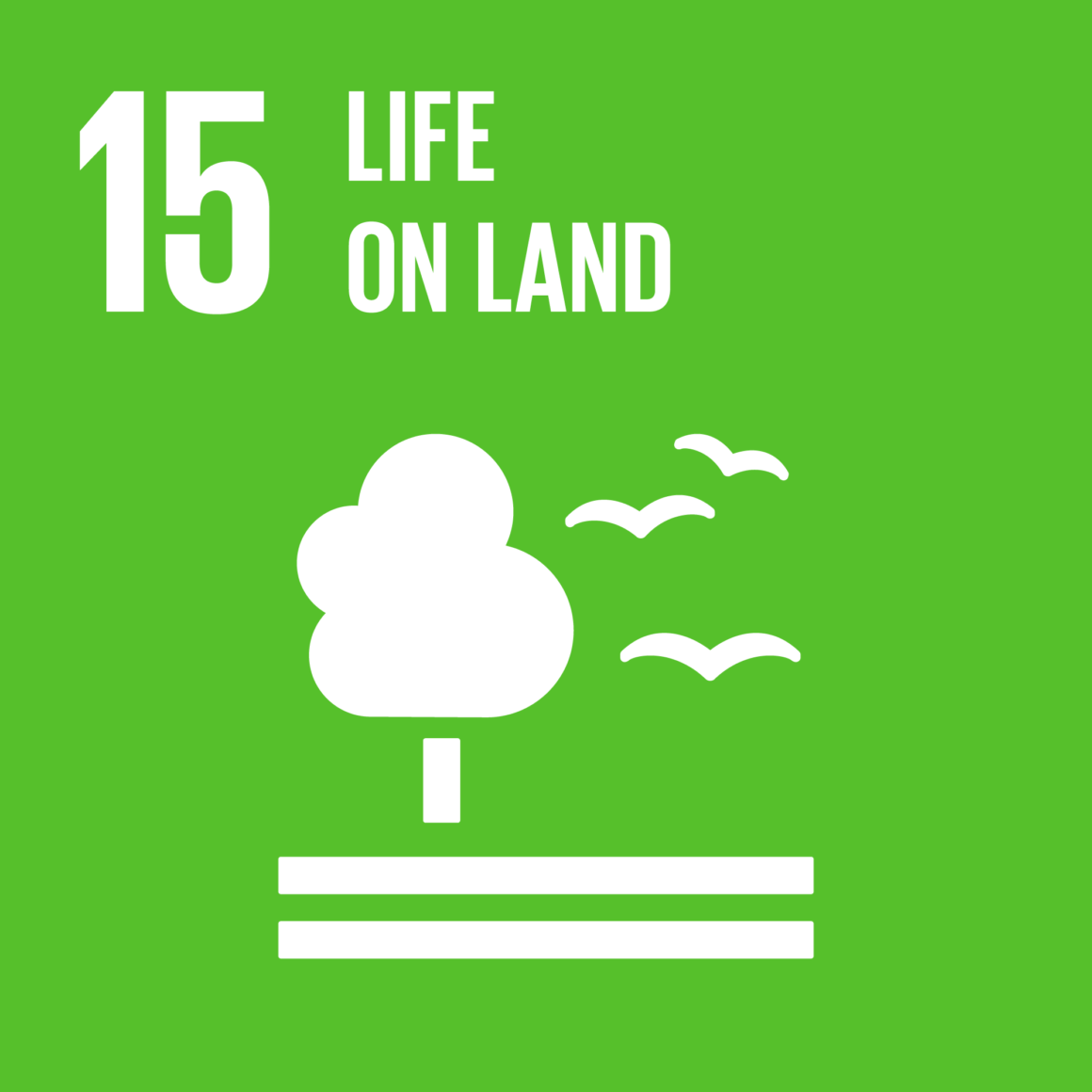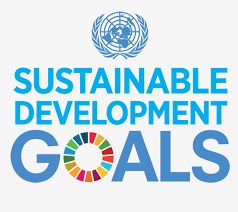Manufacturing is an important driver of economic development and employment. At the current time, however, manufacturing value added per capita is only US $100 in the least developed countries compared to over US $4,500 in Europe and Northern America. Another important factor to consider is the emission of Carbon Dioxide during manufacturing processes. Emissions have decreased over the past decade in many countries but the pace of decline has not been even around the world.
Technological progress is the foundation of efforts to achieve environmental objectives, such as increased resource and energy-efficiency. Without technology and innovation, industrialization will not happen, and without industrialization, development will not happen. There needs to be more investments in high-tech products that dominate the manufacturing productions to increase efficiency and a focus on mobile cellular services that increase connections between people.





